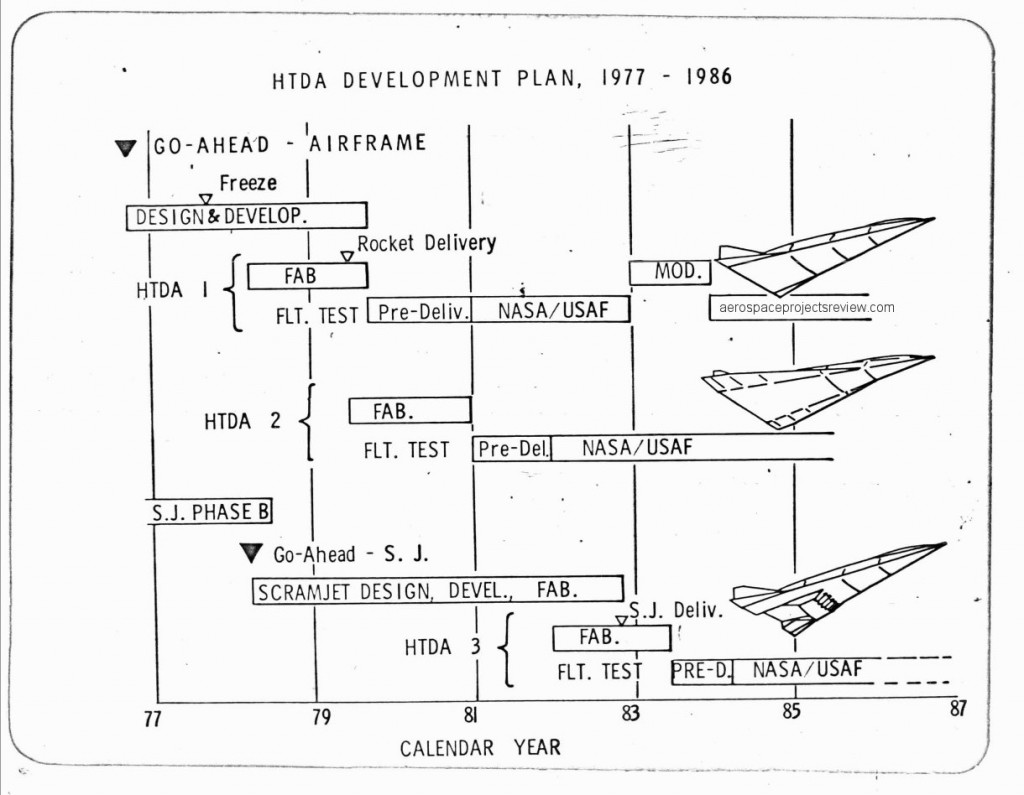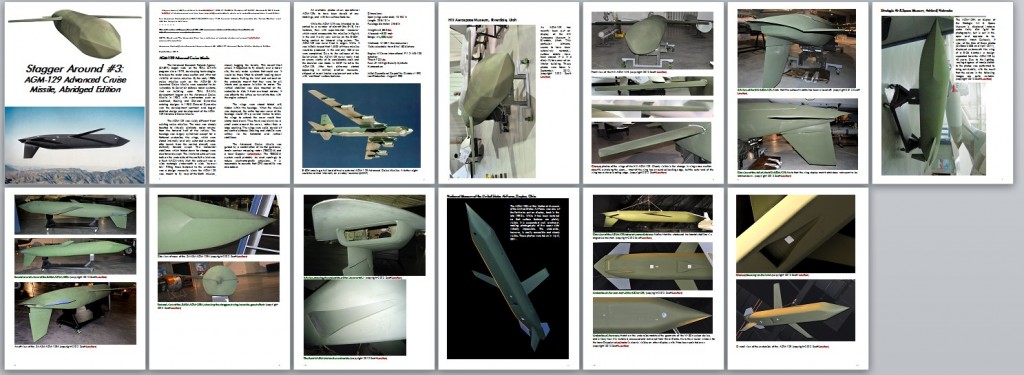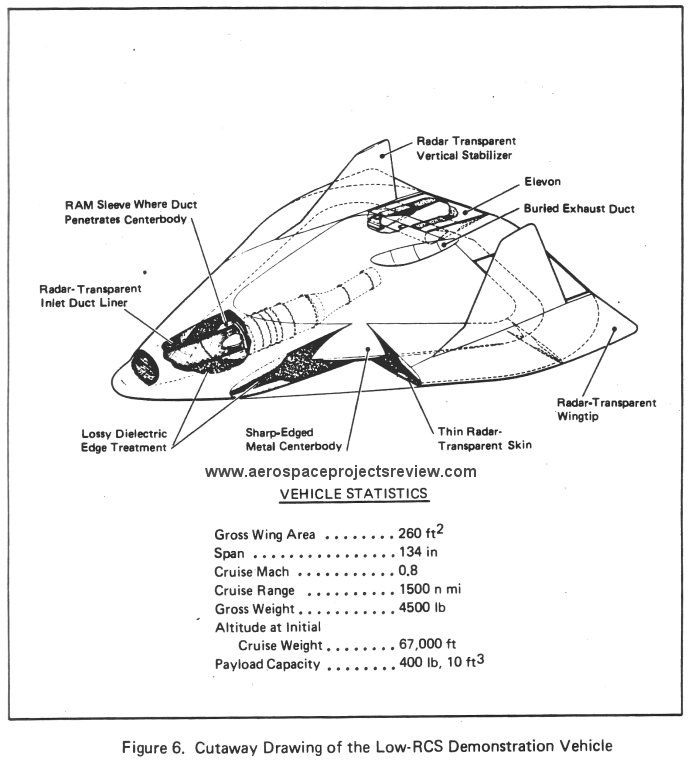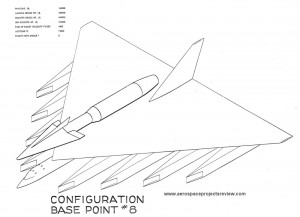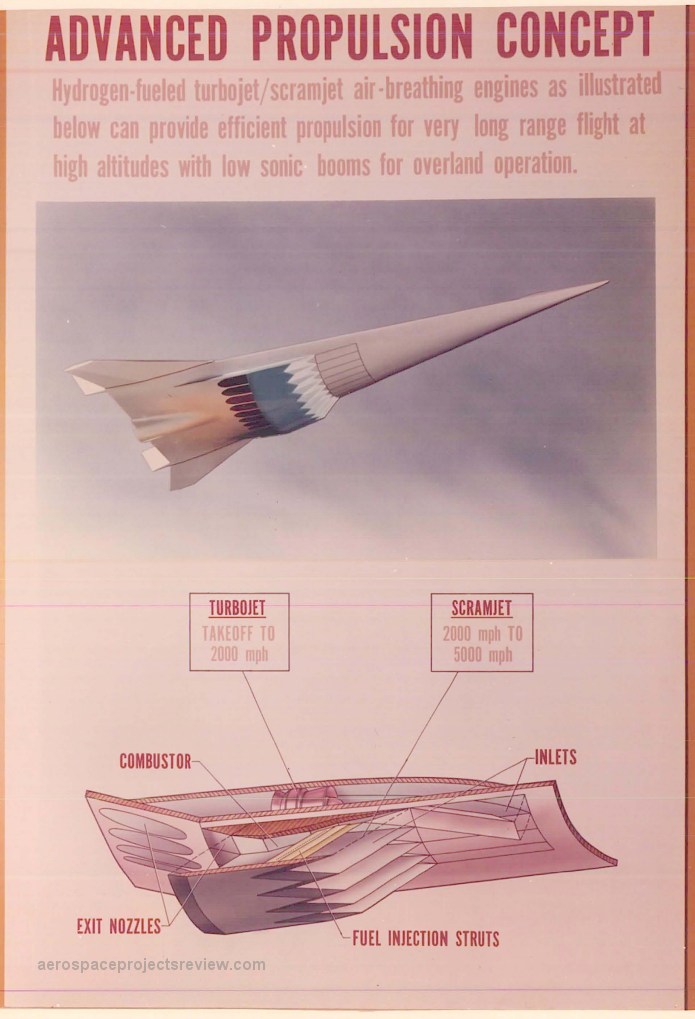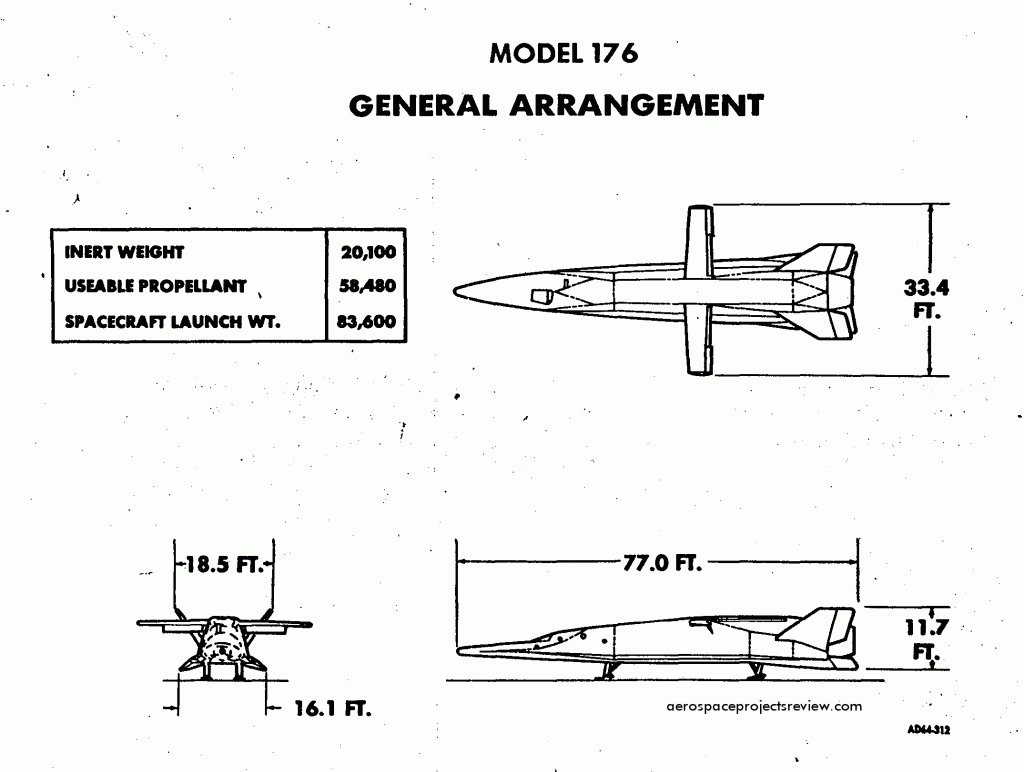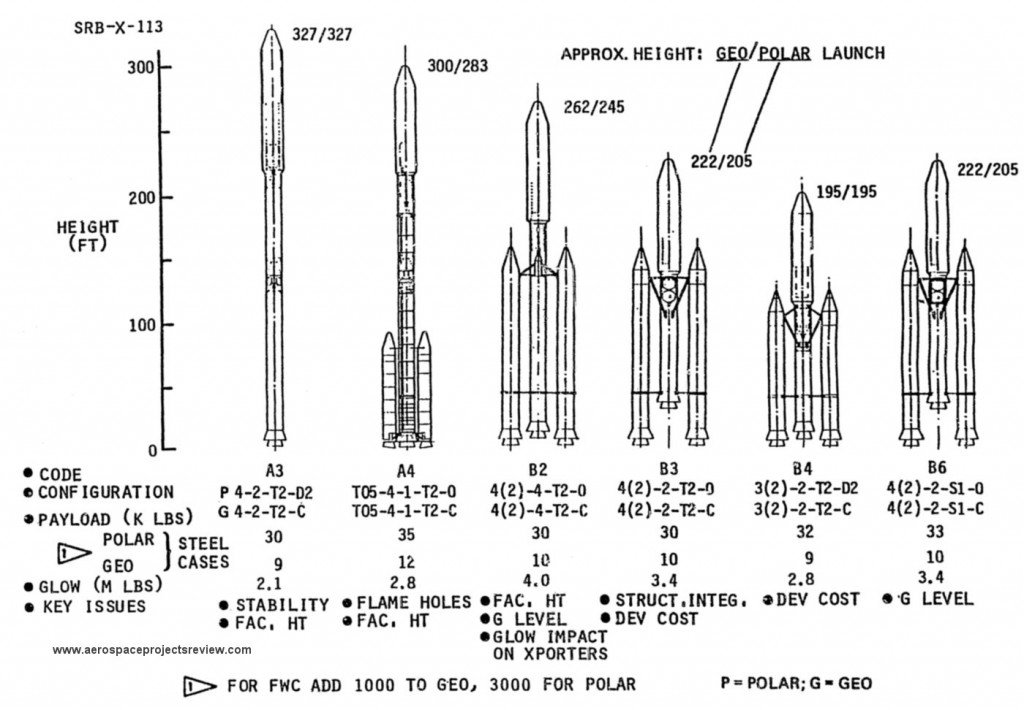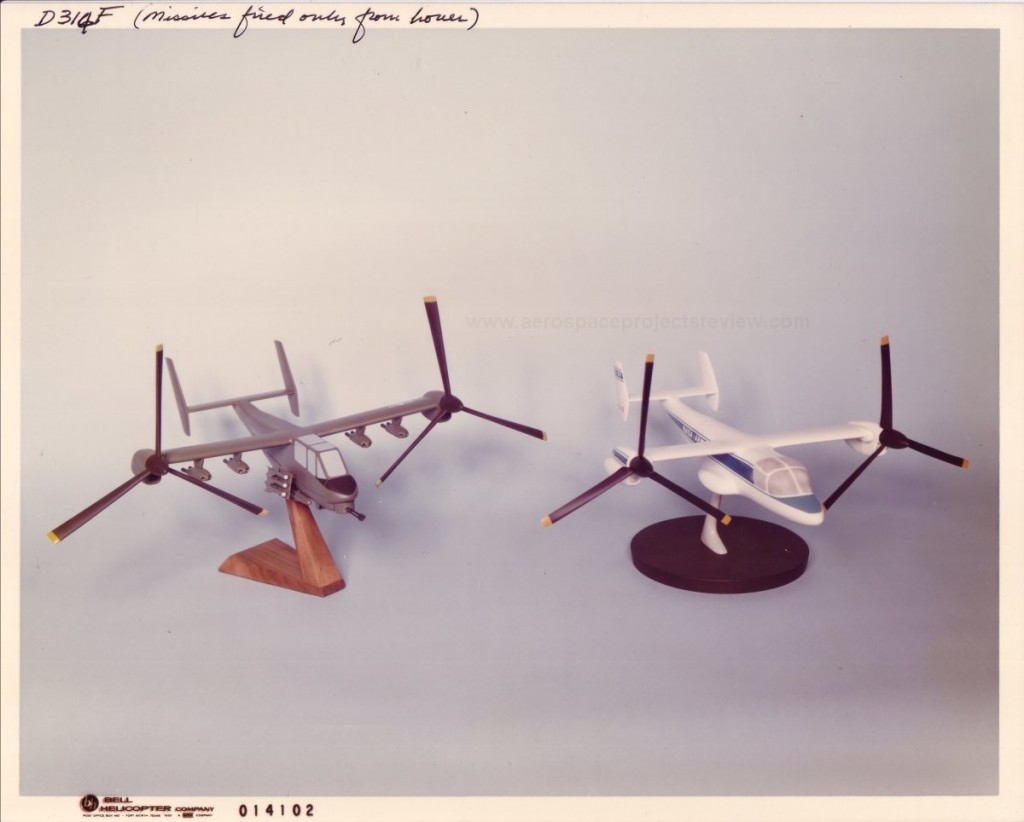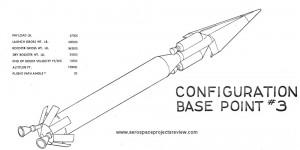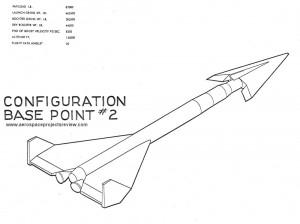A mid-1970’s graphic from the collection of a former NASA-Langley engineer shows the development schedule for “HTDA.” This I think stands for “Hypersonic Technology Development Aircraft,” and was to be a Mach 5+ airbreathing lifting body research plane that looks strikingly like the supposed “Aurora spyplane” that was so popular in the 1990’s. HTDA airframes 1 and 2 were most likely pure rocket vehicles, with a scramjet being integrated onto airframe 3.
Literally years in the making, I’ve put together two versions of a photo essay of several surviving examples of the AGM-129 Advanced Cruise Missile. Available free for the downloading is Stagger Around #3: AGM-129 Advanced Cruise Missile, Abridged Edition as a 13 page PDF booklet. This contains photos of the AGM-129s on display at Hill Aerospace Museum in Utah, the USAF Museum in Dayton and the Strategic Air & Space Museum in Nebraska, ready to print.
Also available is Stagger Around #3: AGM-129 Advanced Cruise Missile, Full Edition. This 34-page edition includes more photos of these missiles, along with the missile at the San Diego Aerospace Museum restoration facility, a rare General Dynamics display model, official USAF photos of the AGM-129 in test and in service and drawings of the missile, including 1/32 scale layout diagrams. This is available through MagCloud, either as a downloadable PDF ($5.75) or as a professionally printed and bound edition ($11.80).
Don’t forget to check out my other MagCloud publications, including Justo Miranda’s Reichdreams Dossiers, Aerospace Projects Review, Historical Documents, and Photographing Stuff.
And don’t forget to check out Stagger Around #1, F-104A Starfighter, and Stagger Around #2, Starship Enterprise.
A 1974 design by Teledyne Ryan for a stealthy remotely piloted vehicle While the general shape is certainly well within the norm for stealthy craft, the structure itself is quite different: it is basically a metal vehicle optimized for stealth, wrapped in a radar-transparent plastic skin optimized for aerodynamics. The only aspect of it that really seems to fail modern stealthy practices is the apparent straight shot in to the turbine face. From the Jay Miller collection.
The technology behind this was patented by Teledyne Ryan:
Aircraft of low observability
CORRECTION: This was originally posted as a TRW design, when in fact it was a Teledyne Ryan design. D’oh.
A 1959 Boeing concept for an airbreathing HTOL booster for Dyna Soar. Compared to the other pure-rocket VTO boosters, this would have been a monster… far bigger, far heavier, far, far more expensive. Which almost certainly explains why not only did such a booster not get serious study further down the line for Dyna Soar, it didn’t even rate detailed diagrams in the reports.
Staging would have been an interesting show.
NOTE: The isometric artwork for baseline concepts 4-7? Not available, sadly.
A piece of NASA-Langley artwork describing the future of aeropropulsion… the scramjet engine. The provenance on the art is hazy at best… found in the uncatalogued collection of a former Langley engineer, it probably dates to the mid 1960’s. The aircraft illustrated here has been seen from the early 1960s up into the late 1980s, so that at best brackets the art. The aircraft has been used as a hypersonic transport and as the first stage of a space launch system. As shown here, the model used was *probably* a wind tunnel model repainted and repurposed as a display model… none of the diagrams I’ve seen of it have included the “hump” on the underside of the aft expansion ramp. Most likely that’s the connection point for the support “sting” for tunnel use. Alternatively, it *could* represent a fairing for a rather sizable rocket engine, though that seems unlikely… during scramjet operation the hump would not only mess with exhaust flowfields, it would also be subjected toa whole lot of thermal unpleasantness.
As of 1964, the GA of the Models 176, a lifting body, stowed-wing spaceplane. See HERE for late 1960’s artwork of a larger version.
The SRB-X is one of the most derided launch vehicles ever seriously considered. Initiated by NASA in the early 1980’s, the idea was to use Shuttle hardware – specifically Reusable Solid Rocket Motor components – to provide Shuttle-class payload capability. Theoretically the SRB-X, a stack of large solid rocket motors, would provide a low-cost semi-reusable launcher that would be rugged, reliable and could continue to fly if the shuttle itself was laid up for some reason. In reality, it would very likely have been every bit as expensive as we’ve come to expect from the Shuttle program.
In 1983 Boeing analyzed the SRB-X system for NASA, studying detailed designs as well as a range of alternates. The basic SRB-X booster used a core vehicle composed of RSRM segments, using RSRMs as boosters. In order to use stock Shuttle launch facilities, the boosters were mounted well outboard of the core… with the same separation distance as between the RSRMs on a standard Shuttle stack. This added considerably to structural weight. Alternates studied included versions that were just linear stacks of RSRM-derived stages (leading to very long boosters) and versions that used Titan hardware including the UA-1205 boosters and the Titan III first stage as the second stage of the vehicle.
A Bell Helicopter concept in model form of an armed derivative of the XV-15 tiltrotor. This dated from the early/mid 1980’s and represented a ground attack aircraft… largely what the US Army was looking for in what became the LHX/RAH-66 Comanche program, just in tiltrotor form. As a tiltrotor, it would have had a much faster and more fuel efficient cruise, but a less efficient hover, than a helicopter. The Army turned out to not want tiltrotors for this application, and made sure that they were effectively excluded from the LHX competition.
Note the hand-written notation that missiles would only be fired in hover… otherwise, they would pass through the proprotor disk. However, it seems likely that missiles could be fired while the rotors were tiltedless than fully upwards, meaning that the craft could fire and move at a fair rate at the same time, just not at full speed.
